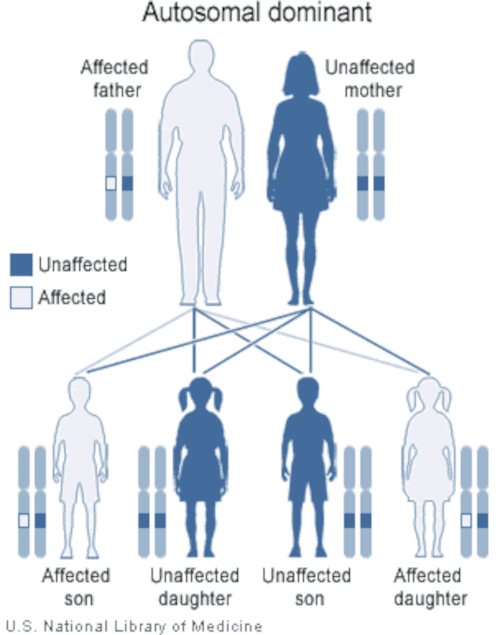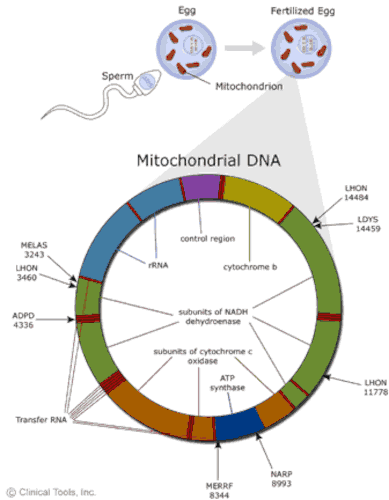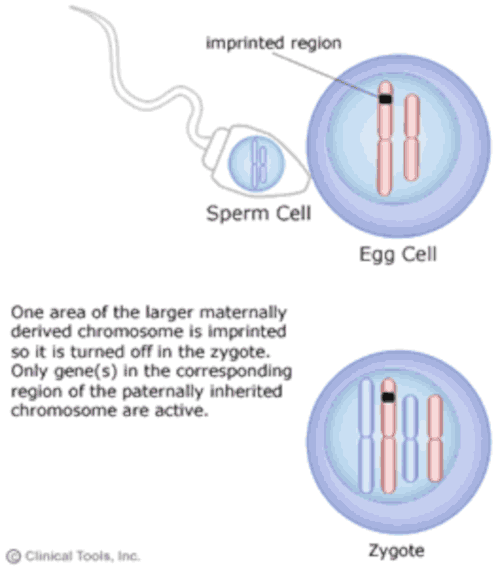Virtual Genetics Education Centre
Gene inheritance for higher education
Patterns of inheritance
Observations of the way traits, or characteristics, are passed from one generation to the next in the form of identifiable phenotypes probably represent the oldest form of genetics. However, the scientific study of patterns of inheritance is conventionally said to have started with the work of the Austrian monk Gregor Mendel in the second half of the nineteenth century.
In diploid organisms each body cell (or 'somatic cell') contains two copies of the genome. So each somatic cell contains two copies of each chromosome, and two copies of each gene. The exceptions to this rule are the sex chromosomes that determine sex in a given species. For example, in the XY system that is found in most mammals - including human beings - males have one X chromosome and one Y chromosome (XY) and females have two X chromosomes (XX). The paired chromosomes that are not involved in sex determination are called autosomes, to distinguish them from the sex chromosomes. Human beings have 46 chromosomes: 22 pairs of autosomes and one pair of sex chromosomes (X and Y).
The different forms of a gene that are found at a specific point (or locus) along a given chromosome are known as alleles. Diploid organisms have two alleles for each autosomal gene - one inherited from the mother, one inherited from the father.
Mendelian inheritance patterns
Within a population, there may be a number of alleles for a given gene. Individuals that have two copies of the same allele are referred to as homozygousfor that allele; individuals that have copies of different alleles are known as heterozygousfor that allele. The inheritance patterns observed will depend on whether the allele is found on an autosomal chromosome or a sex chromosome, and on whether the allele is dominantor recessive.
Autosomal dominant
If the phenotype associated with a given version of a gene is observed when an individual has only one copy, the allele is said to be autosomal dominant. The phenotype will be observed whether the individual has one copy of the allele (is heterozygous) or has two copies of the allele (is homozygous).

Autosomal recessive
If the phenotype associated with a given version of a gene is observed only when an individual has two copies, the allele is said to be autosomal recessive. The phenotype will be observed only when the individual is homozygous for the allele concerned. An individual with only one copy of the allele will not show the phenotype, but will be able to pass the allele on to subsequent generations. As a result, an individual heterozygous for an autosomal recessive allele is known as a carrier.
Sex-linked or X-linked inheritance
In many organisms, the determination of sex involves a pair of chromosomes that differ in length and genetic content - for example, the XY system used in human beings and other mammals.
The X chromosome carries hundreds of genes, and many of these are not connected with the determination of sex. The smaller Y chromosome contains a number of genes responsible for the initiation and maintenance of maleness, but it lacks copies of most of the genes that are found on the X chromosome. As a result, the genes located on the X chromosome display a characteristic pattern of inheritance referred to as sex-linkage or X-linkage.
Females (XX) have two copies of each gene on the X chromosome, so they can be heterozygous or homozygous for a given allele. However, males (XY) will express all the alleles present on the single X chromosome that they receive from their mother, and concepts such as 'dominant' or 'recessive' are irrelevant.
A number of medical conditions in humans are associated with genes on the X chromosome, including haemophilia, muscular dystrophy and some forms of colour blindness.
Non-Mendelian inheritance patterns
Complex and multifactorial inheritance
Some traits or characteristics display continuous variation, a range of phenotypes that cannot be easily divided into clear categories. In many of these cases, the final phenotype is the result of an interaction between genetic factors and environmental influences.
An example is human height and weight. A number of genetic factors within the individual may predispose them to fall within a certain height or weight range, but the observed height or weight will depend on interactions between genes, and between genes and environmental factors (for example, nutrition). Traits in which a range of phenotypes can be produced by gene interactions and gene-environment interactions are known as complex or multifactorial.
Mitochondrial inheritance
Animal and plant cells contain mitochondria that have their evolutionary origins in protobacteria that entered into a symbiotic relationship with the cells billions of years ago. The chloroplasts in plant cells are also the descendants of symbiotic protobacteria. As a result, mitochondria and chloroplasts contain their own DNA.

Mitochondria are scattered throughout the cytoplasm of animal and plant cells, and their DNA is replicated as part of the process of mitochondrial division. A newly formed embryo receives all its mitochondria from the mother through the egg cell, so mitochondrial inheritance is through the maternal line.

Genomic imprinting
The expression of a small number of human genes is influenced by whether the gene has been inherited from the mother or father. This process - called genomic (or parental) imprinting - usually means that the organism expresses one of its alleles but not both. In many cases the non-expressed allele is inactivated - for example, by DNA methylation. (High levels of DNA methylation are known to inhibit gene activity.)
Imprinting involves three stages:
- the inactivation of an allele in the ovaries or testes before or during the formation of egg cells or sperm
- the maintenance of that inactivation in the somatic cells of the offspring organism
- the removal, then re-establishment, of the inactivation during the formation of egg cells or sperm in the offspring organism
The pattern of imprinting is maintained in the somatic cells of the organism but can alter from generation to generation.
